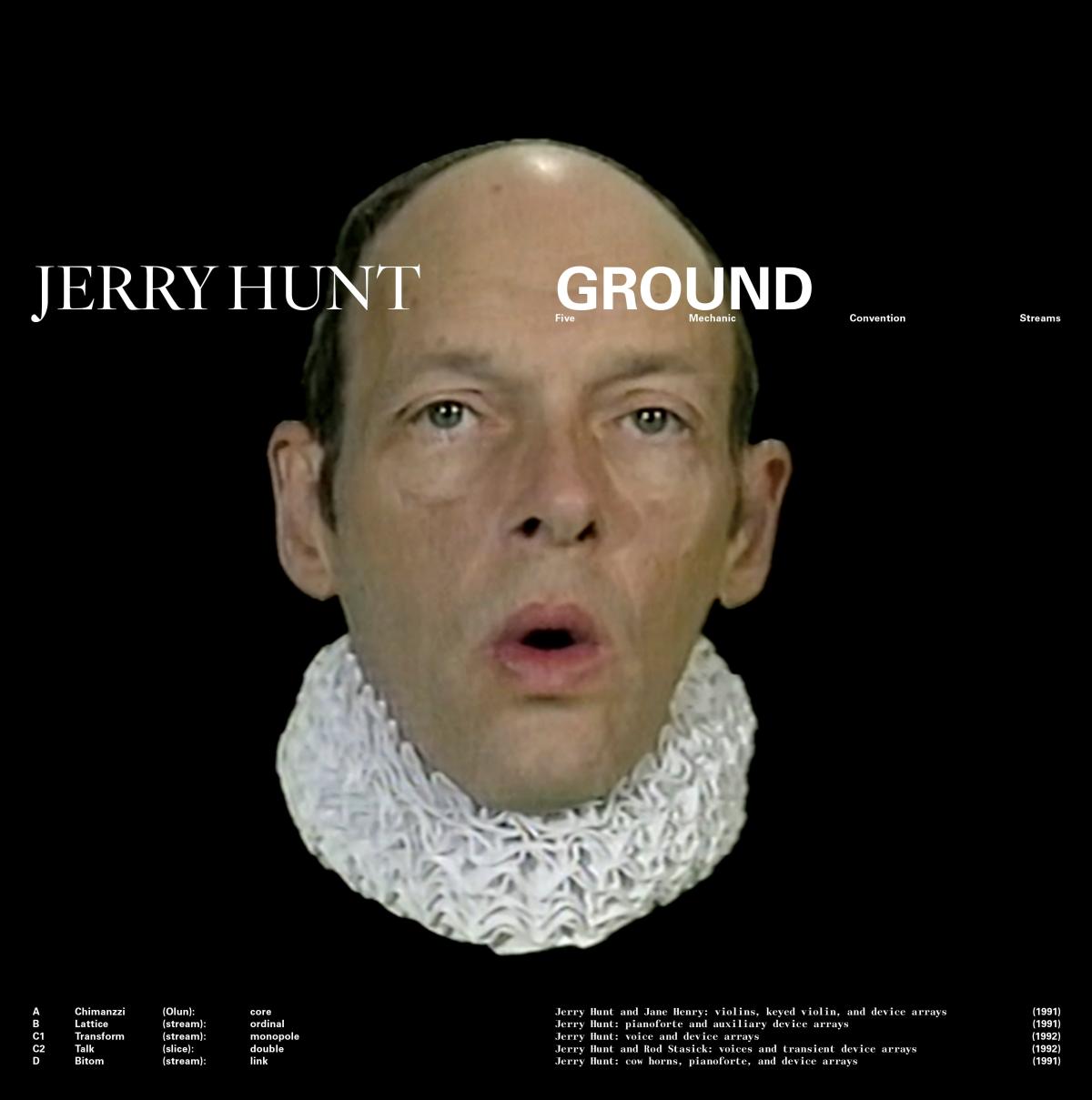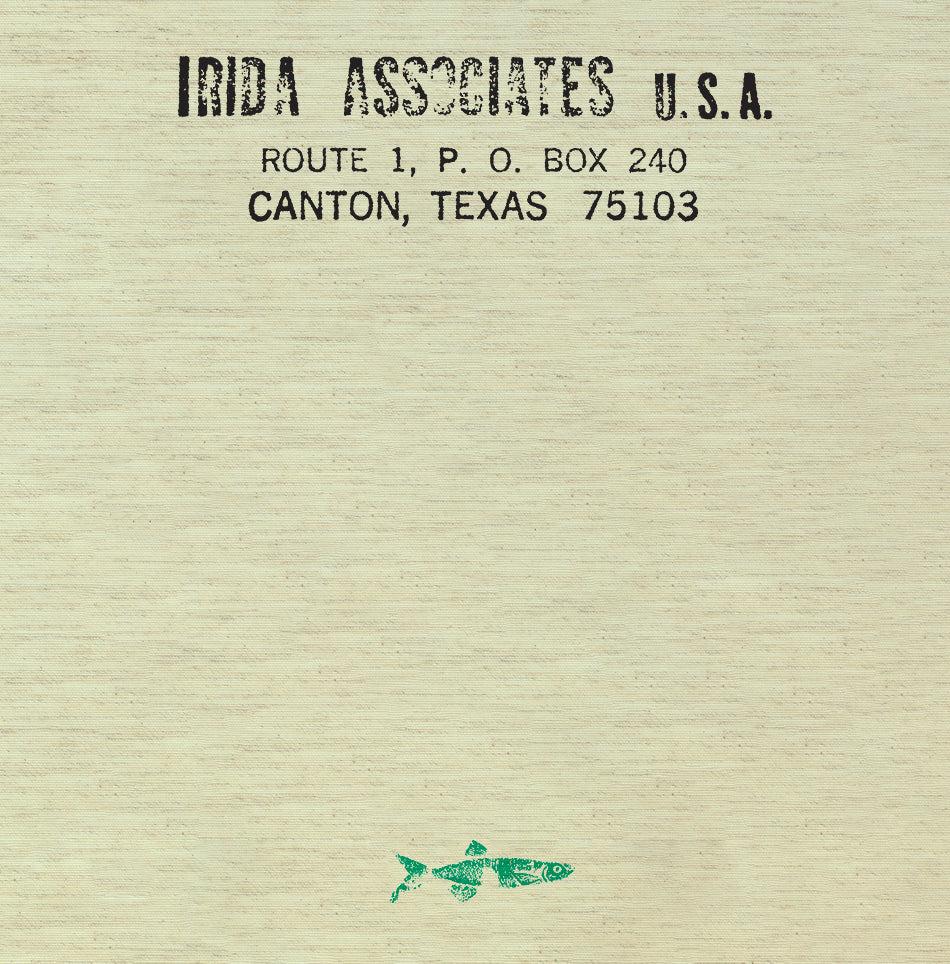Jerry Hunt: Transmissions from the Pleroma

Blank Forms
Brooklyn, NY 11238
Blank Forms is pleased to present Jerry Hunt: Transmissions from the Pleroma, the first institutional exhibition dedicated to the videos and sculptures of composer-performer Jerry Hunt (1943–1993). The exhibition, part of Blank Forms’s extensive program focused on the artist, presents a selection of late video pieces, over fifty of the eccentric wands made by Hunt with his friend and assemblage artist David McManaway, and various ephemera, including archival documents, scores, and performance photographs, that trace the artist’s enigmatic and beguiling practice.
A pioneering figure in the development of electronic composition and new music, Jerry Hunt upended sonic and spiritual conventions of the late twentieth century. With a virtuosic mastery of piano, Hunt spent his early years playing across musical styles with ease, interpreting pieces by contemporary composers Pierre Boulez, John Cage, and Karlheinz Stockhausen, dabbling in jazz, and working stints as a strip club pianist before, in the 1960s and ’70s, turning to his own experiments in compositional procedure. Fascinated with the occult from a young age, Hunt drew from celestial alphabets and sixteenth century astrology to develop generative scores that he would layer, adapt, and transform over the course of his career. By the late 1970s, dissatisfied with traditional instruments and static arrangements, Hunt looked to the novel potentials of computer-based and motion-activated sound systems to produce his compositions. Incorporating infrared detectors, sensors, video cameras, and early computers, Hunt assembled complex technical apparatus—described by the artist as “interrelated electronic, mechanic, and social sound-sight interactive transactional systems”—that allowed him to produce sound from live gesture alone. Activated by talismanic props and wild gesticulations, Hunt’s sound systems led to the performances for which he is best known: pataphysical, abrasive, and humorous events that initiated viewers into the artist’s techno-spiritual world. Memorably described as a shamanic figure with the look of a central Texas meat inspector, Hunt mined the mysticism inherent in modern technology. He lived his entire life in Texas, residing in an adapted barn outside of Canton for the majority of his career, but amassed a small yet dedicated following in Europe and the United States. He constantly reinvented his open-ended scores, sound systems, naming conventions, and concerts, fundamentally troubling later efforts to give primacy to any particular iteration, or in some cases, even to identify individual works. Aware of this dilemma, Hunt turned to the camera in his later years to capture and disseminate his performance style and experiment with the medium. A series of four “video translations,” made in the final months of Hunt’s life and distributed posthumously, preserve a fragment of his output for the archives before his premature death at 49.
On view together for the first time are Birome [zone]: plane (fixture), Bitom (fixture): topogram, Talk (slice): duplex, and Transform (stream): core (all works ca. 1990–94) from Hunt’s “Four Video Translations” series, alongside the artist’s exploration of his abstracted body, Hemisphere (1992), and his final video, How to Kill Yourself Using the Inhalation of Carbon Monoxide Gas (1993), a harrowing and methodical piece made by the artist after being diagnosed with advanced lung cancer.
Presented at Blank Forms, Transmissions from the Pleroma is part of an extensive program focused on Jerry Hunt. This includes the republication of Partners, an intimate memoir-cum-biography by the artist’s life-long romantic partner Stephen Housewright; the forthcoming anthology journal Blank Forms 08: Transmissions from the Pleroma; Irida Records: Hybrid Musics from Texas and Beyond, 1979–1986, a deluxe LP boxed set and reader on Hunt’s briefly-lived label; and the first vinyl pressing of Hunt’s final record, Ground: Five Mechanic Convention Streams (1992).
Organized by Lawrence Kumpf and Tyler Maxin.


